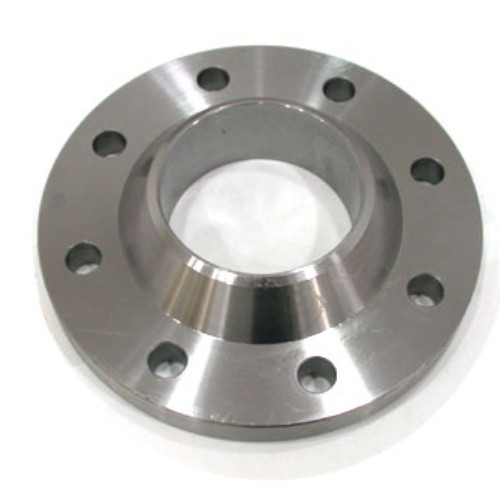A Comprehensive Guide to Various Types of Steel Pipe Fittings and Their Applications
Understanding Steel Pipe Fittings A Comprehensive Overview
Steel pipe fittings are essential components in various industrial applications, primarily serving the purpose of connecting, terminating, or changing the direction of piping systems. As an integral part of fluid and gas distribution networks, these fittings ensure that systems operate efficiently and safely. In this article, we will delve into the types, applications, and benefits of steel pipe fittings, shedding light on why they are indispensable in contemporary engineering.
Types of Steel Pipe Fittings
Steel pipe fittings come in a variety of shapes and sizes, each designed for specific applications within piping systems. The most common types include
1. Elbows These fittings allow for a change in the direction of the pipe, typically at angles of 90 or 45 degrees. They are vital in navigating around obstacles and directing flow within piping architecture.
2. Tees Used to create branches in a piping system, tees enable the connection of three pipes at a single point. They are crucial for splitting or merging flow in pipelines.
3. Reducers These fittings connect two pipes of different diameters, facilitating the smooth transition of liquid or gas flow from a larger to a smaller pipe, or vice versa.
4. Couplings Designed to join two lengths of pipe, couplings can be utilized for various materials and are a fundamental component in any piping assembly.
5. Caps As the name suggests, caps are used to seal the end of a pipe, preventing flow and minimizing contamination.
6. Flanges These fittings provide a secure connection between two pipes or a pipe and a valve, allowing for easy access for maintenance and inspection.
Applications of Steel Pipe Fittings
The versatility of steel pipe fittings makes them suitable for a multitude of applications across various industries. Common sectors include
- Oil and Gas Steel pipe fittings are critical in oil and gas pipelines, where they withstand high pressures and harsh environments
.steel pipe fittings

- Water Treatment In water treatment facilities, fittings are used to connect and redirect water flow in an efficient and controlled manner.
- Construction During construction projects, steel pipe fittings are employed to create robust plumbing systems that handle both domestic and commercial water supply.
- Manufacturing Many manufacturing processes rely on steel piping systems that utilize various fittings to optimize fluid transport and material handling.
Benefits of Steel Pipe Fittings
Investing in steel pipe fittings offers numerous advantages
1. Durability Steel is renowned for its strength and longevity. Steel pipe fittings can withstand high pressures, extreme temperatures, and aggressive substances, making them ideal for demanding applications.
2. Corrosion Resistance Many steel fittings are treated or coated to resist corrosion, ensuring they maintain their structural integrity over time, even in harsh environments.
3. Cost-Effective Solutions While the initial investment might be higher than other materials, the long lifespan and low maintenance requirements of steel pipe fittings result in lower overall costs.
4. Versatility Steel fittings are compatible with various types of piping materials, including PVC and copper, allowing for flexibility in design and installation.
5. Safety With proper installation, steel pipe fittings contribute to the safe operation of piping systems, minimizing the risk of leaks or failures that could lead to catastrophic events.
Conclusion
In conclusion, steel pipe fittings are a fundamental aspect of modern infrastructure, facilitating the efficient conveyance of fluids and gases across industries. Their strength, durability, and versatility make them an optimal choice for engineers and contractors alike. Understanding the various types and applications of steel pipe fittings is crucial for anyone involved in the design, installation, or maintenance of pipe systems, ensuring effectiveness and safety in all piping operations.
-
Breakthrough in Domestic Low Temperature Valve Technology in ChinaNewsAug.18,2025
-
From Machinery to Intelligent Brain: The Digital Transformation Wave of the Valve IndustryNewsAug.18,2025
-
PCVEXPO 2025NewsAug.18,2025
-
The Key to Fluid Control: Exploring the Advantages of Ball Valves in Industrial SystemsNewsJul.09,2025
-
The Versatile World of 1, 2, and 3 Piece Ball ValvesNewsJul.09,2025
-
Stainless Steel Ball Valves: The Ideal Choice for Efficient Flow ControlNewsJul.09,2025
-
Optimizing Fluid Control with Ball Float ValvesNewsJul.09,2025




